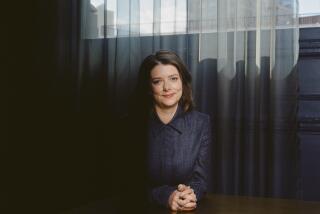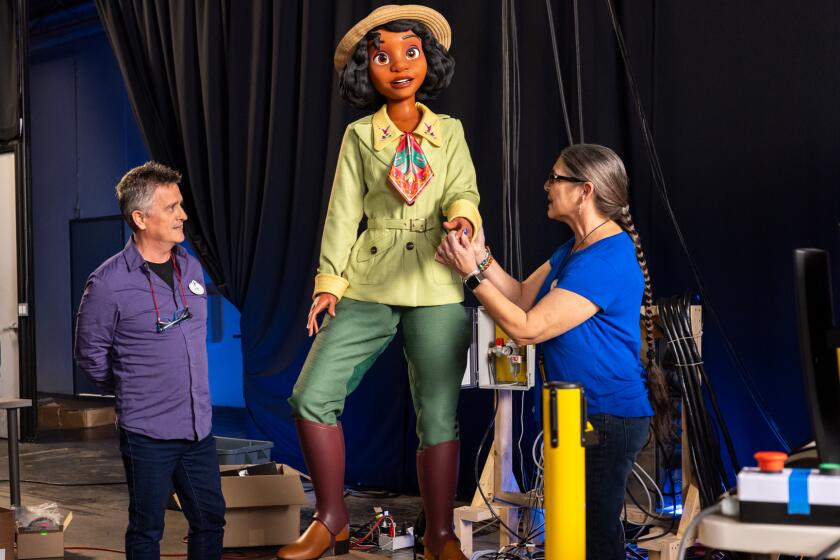No men or columns: A look inside ‘Wonder Woman’s’ paradise island Themyscira

Watch the trailer for “Wonder Woman.”
The mythical island of Themyscira ticks off just about every box in the quality utopia checklist: Cascading waterfalls. A lush, tropical landscape. Years of undisturbed peace. A gorgeous race of warrior women.
Oh, and absolutely, positively no men. That is until Chris Pine shows up and ruins it for everyone.
So maybe not everyone’s version of paradise, but being the home of Wonder Woman, DC Comics legend and Amazonian god, Themyscira is certainly one of the best-known. And in June, audiences will get a chance to explore yet another version when Warner Bros. releases its long-awaited “Wonder Woman,” an origin story starring Gal Gadot as the titular character, Connie Nielsen as Queen Hippolyta, and the aforementioned Pine as marooned pilot Steve Trevor.
SEE OUR COMPLETE SUMMER MOVIE PREVIEW »
Wonder Woman creator William Moulton Marston introduced what he first called Paradise Island in 1941 and since then, many have attempted to pin down the exact location of the enchanted land. During three-quarters of a century, Themyscira has jumped from the Aegean Sea, to the Bermuda Triangle, and even relocated off the coast of California.
“Mine is probably somewhere right in the Mediterranean,” “Wonder Woman” director Patty Jenkins explained. “Surrounded and influenced a little bit by all of the different cultures that rim the Mediterranean, so there’s everything from European to Middle Eastern to Moroccan.”
Despite Wonder Woman’s famously mythological roots (Aphrodite, Ares and Zeus are all part of her comic book canon), Jenkins wanted to step away from the stereotypical Hellenic temples and colonnades. Men weren’t the only ones banished from Jenkins’ isle of Themyscira, Grecian architecture got the boot as well.
“[Columns] felt a little uninspired and not as organic,” Jenkins said. What seemed “utopian” or exotic to folks in the 1940s who had never visited Greece or Rome felt trite in the new century. Paradise would need an upgrade.
For Jenkins, the challenge was creating an idyllic place that resonated with modern audiences.
Instead of building against their surroundings, Jenkins’ version of the Amazons embrace nature; the walls of this Themyscira look carved from the side of a mountain by wind and water rather than human hands or machinery.
“The island was a gift from the gods,” said production designer Aline Bonetto (“Amélie,” “Pan”). “They don’t cut into the stone, they use an open cave. They decide to live with nature, using what nature gives to them.”
It’s a decision, Bonetto is quick to point out, the tribe makes out of reverence. “These women respect nature… They are not primitive women, these women are educated.”
Water is a key element in building any island wonderland; echoes of the sea flow through most of Themyscira, from the many waterfalls to the furniture. Even the thrones are inspired by the spiral nature of shells. “It was important for us to have water everywhere,” Bonetto said. “Water is quite feminine in a way. In its movement and in its energy. It’s the symbol of life, and the women respect and protect life.”
Though Jenkins promised plenty of “bizarre” (but real world) animals, and lots of Amazonian warrior woman action, she kept mum on one key ingredient to paradise; when asked about the presence of water slides, she would neither confirm nor deny.
More to Read
The biggest entertainment stories
Get our big stories about Hollywood, film, television, music, arts, culture and more right in your inbox as soon as they publish.
You may occasionally receive promotional content from the Los Angeles Times.







